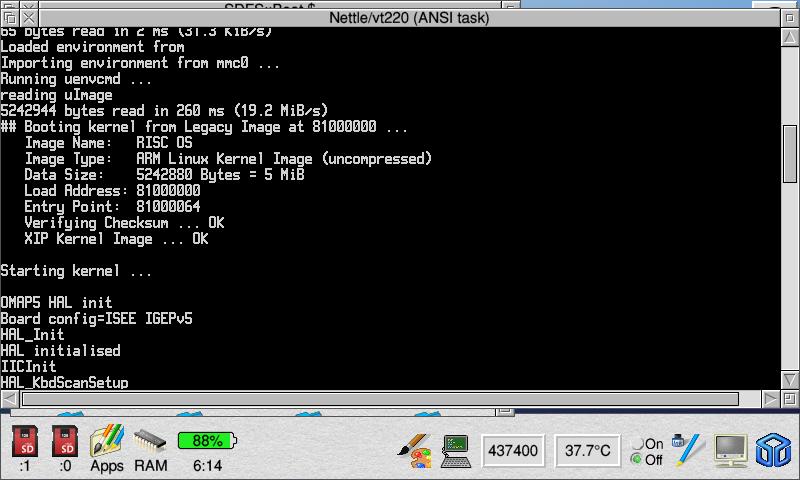Silent-Hunter
Hardcore Member
- Joined
- May 29, 2010
- Messages
- 3,485
Will it be possible?
why not, it can be compiled for it since it was compiled for Pandora as well.Will it be possible?
No. This isn't more important.It may be interesting, but not more important or even important at all.why not, it can be compiled for it since it was compiled for Pandora as well.Will it be possible?
More importantly, why would you want it ?


What is Titanium?The OMAP5 port is stable since a long time. Works on IGEPv5, OMAP5 EVM and Titanium.
Looks like we need a Pyra ... ;-)
Is it the laptop in this pic?Original: http://boards.openpandora.org/topic/17143-an-interesting-setup-involving-a-pandora/#entry359669/URL]
Comparable to the RISC OS developing?


There's also a linux version available if you prefer.
Can you not? I wasn't aware of any hardware differences between the two versions, but yeah I guess it would be up to me to get arm linux onto a hard disc. I guess the linux version might also have a bootloader in the flash which risc os obviously doesn't need.The Linux version you can not use with RISC OS.
Can you not? I wasn't aware of any hardware differences between the two versions, but yeah I guess it would be up to me to get arm linux onto a hard disc. I guess the linux version might also have a bootloader in the flash which risc os obviously doesn't need.

